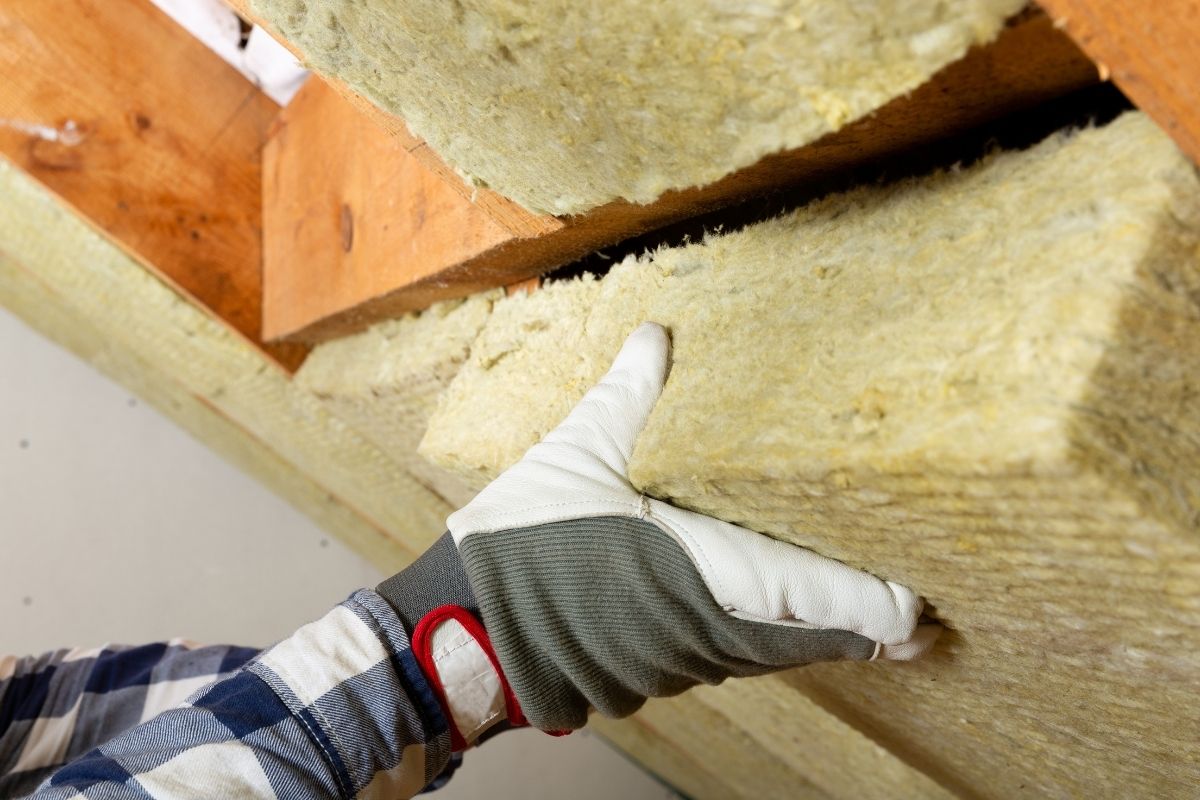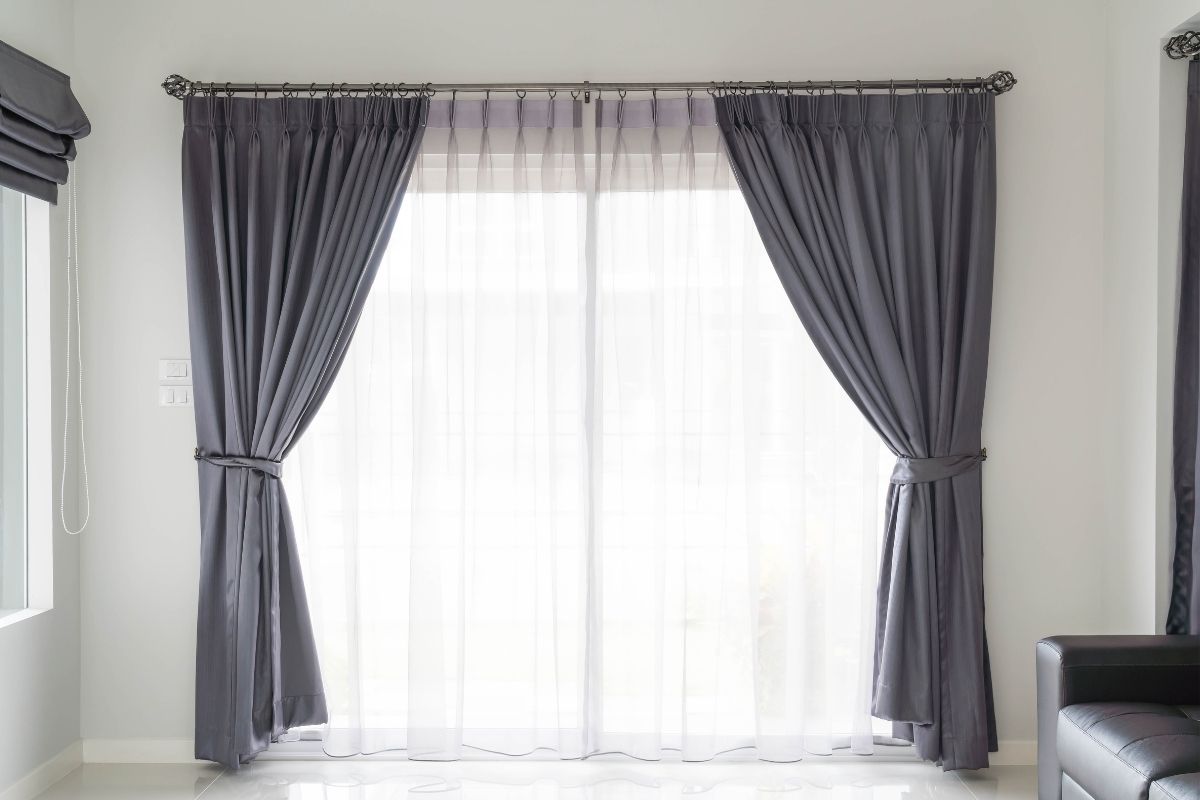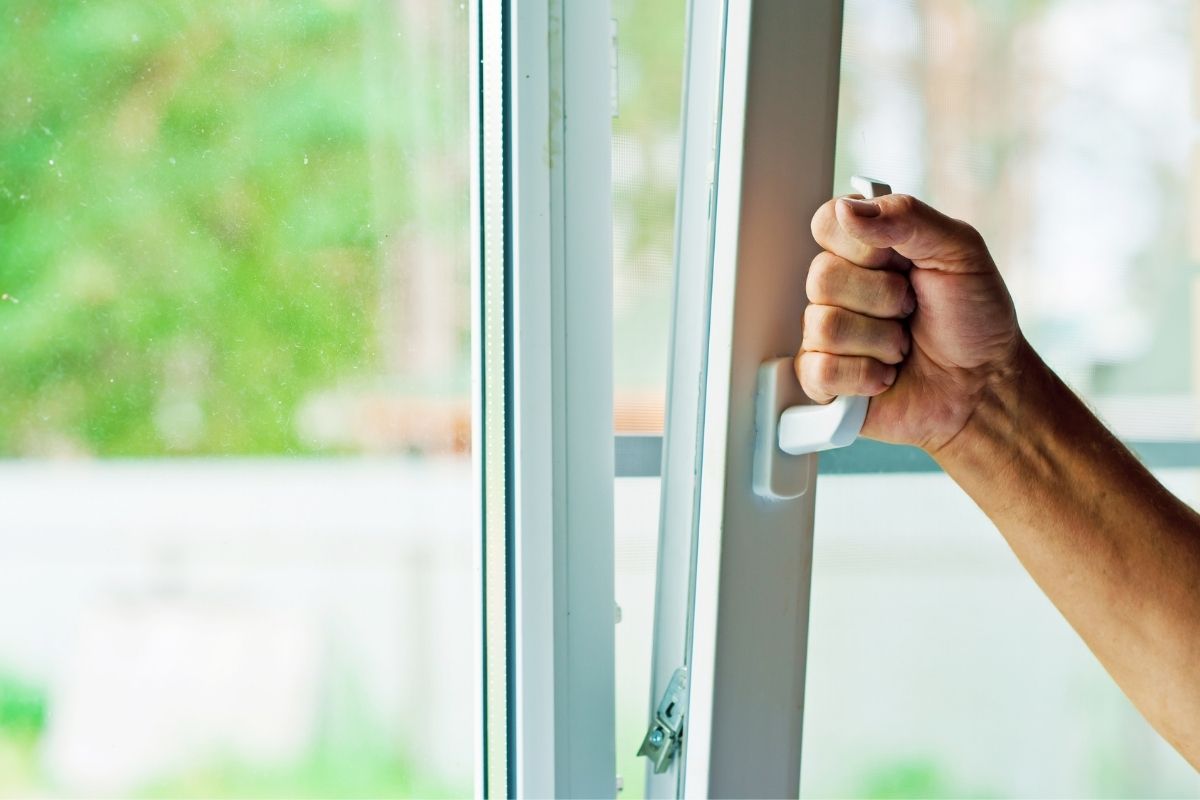
Ah winter! Some of us love it and some of us are often wishing the warmer weather would return, but winter should bring thoughts of cosiness and an opportunity for spending more time in our home. However, for some, winter is a time they dread due to poor insulation, bad plumbing and heating and unreliable boilers and radiators.
Keeping your home warm this winter doesn’t have to be costly and there are plenty of simple tips and tricks to keeping the warmth in and the cold out. Keep on reading to find out how you can make sure you’re toasty in your house as the cold weather creeps closer.
Take a look at your insulation

One of the main causes of damp and heat loss in the home during the winter is through poor roofing insulation. Heat rises and therefore much of the heat in our homes, old and new is lost through the roof.
The Conversation commented on the amount of heat lost through the roof in winter on their website. They commented: “When it comes to heat, around 25% is lost through the roof. This can be easily reduced by installing 25cm of insulation throughout your loft. It’s also worth seeing what’s going on in your walls, as around a third of the heat in an uninsulated home is lost this way. Although it’s not as cheap to install as loft insulation, cavity wall insulation could save up to £160 a year in heating bills.”
If you are concerned about your insulation and the amount of good it is doing for your home, it might be worth calling out an expert to take a look and give you some guidance, they will then be able to tell you what needs to be done or updated.
Use your curtains

This may sound simple and somewhat silly, but making sure you are using your curtains on colder nights is one of the best tips on offer. Unless your windows and doors are brand new, they may be letting in air that you won’t even know about, counteracting the warm air you're paying to pump into your home. Your curtains and blinds can do a great job at keeping these draughts as minimal as possible, therefore letting you stay warmer for longer.
If you still want to let in light throughout the day, try getting some net curtains that lie underneath your thicker, blackout curtains, as these will allow light in, but keep the cold at bay.
Upgrade your boiler

Your boiler is what allows you to heat your home, so if it isn’t working sufficiently enough, how can you expect it to heat your home to the standard you want?
According to Boiler Guide, you should get your boiler serviced once a year.They commented: “Gas and oil boilers should be serviced once a year. This annual service is an opportunity for a qualified heating engineer to look over the unit and make sure it’s running as well as possible. This will give you the peace of mind that your heating system is running safely and efficiently.”
Our range of boilers offer you plenty of options if you are on the lookout for a new boiler. Although spending the money on a new boiler may seem daunting, the money you will save on your heating bills will soon make up the difference.
Check your windows and doors

As previously mentioned, your windows and doors can be one of the biggest culprits when it comes to letting heat out of your home. Window and door seals can wear over time and through use, meaning there can sometimes be gaps and holes for draughts to creep through, making your home feel extremely cold, especially in the height of winter.
There are a few ways you can try to stop the draughts without having to install new windows throughout your home.
Draught-proofing
You can purchase draught-proofing for your windows, something Ideal Home suggest: “Draught-proofing windows is a simple, worthwhile DIY task. All you need to do is apply self-adhesive foam tape to a window frame (or ask a local handyman to do the job). A 10m roll of foam draught excluder, enough for four average windows, costs as little as £2.50, but can save around £25 a year.”
Draught excluders
Purchasing some draught excluders to place under your doors will again stop the unwanted breezes flowing through your home. These are placed at the bottom of windows and doors and block all draughts from coming through, keeping the warm air in the room.
If you find it hard to keep your home warm during the winter months, then even though there will be an initial outlay, some of these changes could end up saving you a lot of money.
